Phosphorus trichloride
Synonym(s):Phosphorus(III) chloride
- CAS NO.:7719-12-2
- Empirical Formula: Cl3P
- Molecular Weight: 137.33
- MDL number: MFCD00011438
- EINECS: 231-749-3
- SAFETY DATA SHEET (SDS)
- Update Date: 2025-01-27 09:38:02

What is Phosphorus trichloride?
Description
Phosphorus trichloride, PCl3, is a clear, colorless, fuming, corrosive liquid. It decomposes rapidly in moist air and has a boiling point of about 168°F (75°C). PCl3 is corrosive to skin and tissue and reacts with water to form hydrochloric acid. The TLV is 0.2 ppm, and the IDLH is 50 ppm in air. The four-digit UN identification number is 1809. The NFPA 704 designation is health 4, flammability 0, and reactivity 2. The white section at the bottom of the diamond contains a W with a slash through it, indicating water reactivity. The primary uses are in the manufacture of organophosphate pesticides, gasoline additives, and dyestuffs; as a chlorinating agent; as a catalyst; and in textile finishing. Corrosives in contact with a poison may produce poison gases as the poison decomposes. In responding to an incident involving corrosives, the toxicity of the vapors could be much more of a concern for personnel than the corrosivity. When acids come in contact with cyanide, hydrogen cyanide gas, which is highly toxic, with a TLV of 10 ppm in air, is produced.
Chemical properties
Phosphorus trichloride is a colorless to yellow, fuming liquid. Odor like hydrochloric acid.
Physical properties
Colorless fuming liquid; pungent odor; refractive index 1.516 at 14°C; density 1.574g/mL at 21°C; boils at 76°C; freezes at -112°C; decomposes in water; soluble in benzene, carbon disulfide, ether and chloroform and other halogenated organic solvents.
The Uses of Phosphorus trichloride
Phosphorus trichloride is an important intermediate in the production of insecticides, herbicides, and organophosphorus pesticides as well as other chemicals such as phosphoryl chloride, phosphorus pentachloride, thiophosphoryl chloride, and phosphonic acid. It is also used in the production of synthetic surfactants, phosphites, gasoline additives, flame retardants, silver polish, and producing iridescent metallic deposits.
The Uses of Phosphorus trichloride
Phosphorus trichloride is used as a chlorinating agent; as an intermediate in making gasoline additives, dyes, surfactants, and pesticides; in the manufacture of phosphorus pentachloride and phosphorus oxychloride; and as a catalyst.
Production Methods
Phosphorus trichloride (PCl3) is made by reacting yellow phosphorus with chlorine and is used in chemical manufacturing. It hydrolyzes to phosphoric acid and hydrochloric acid.
Definition
ChEBI: Phosphorus trichloride is a phosphorus halide with formula Cl3P.
Reactivity Profile
Phosphorus trichloride is a strong reducing agent that may ignite combustible organic materials upon contact. May generate flammable and potentially explosive gaseous hydrogen upon contact with many common metals (except nickel and lead). Reactions with water are violent and produce heat and flashes of fire [AAR, 1999]. Gives intensely exothermic reactions with iodine monochloride [Mellor 2, Supp. 1:502. 1956]. Several laboratory explosions have been reported arising from mixtures with acetic acid, along with other acids, sulfuric acid and derivatives, carboxylic acids, etc. These have been ascribed to poor heat control allowing the formation of phosphine [J. Am. Chem. Soc. 60:488. 1938]. Ignites when mixed with hydroxylamine [Mellor 8:290. 1946-47]. Causes an explosion on contact with nitric acid [Comp. Rend. 28:86]. Phosphorus trichloride is incompatible with many common oxidants such as: sodium peroxide, fluorine, chromyl chloride, iodine chloride, to name a few. Isopropanol can react with PCl3, forming toxic HCl gas. (Logsdon, John E., Richard A. Loke., "Isopropyl Alcohol." Kirk-Othmer Encyclopedia of Chemical Technology. John Wiley & Sons, Inc. 1996.)
Hazard
Phosphorus trichloride is highly corrosive. Its vapors are an irritant to mucous membranes. Chronic exposure to its vapors can cause bronchitis. It reacts violently with water and explodes in contact with acetic and nitric acids, and several other substances (Patnaik. P. 1999. A Comprehensive Guide to the Hazardous Properties of Chemical Substances, 2nd. Ed. New York: John Wiley & Sons).
Health Hazard
Phosphorus trichloride is highly toxic; it may cause death or permanent injury. Contact is highly irritating to the skin, eyes, and mucous membranes, and the material is an irritant through oral and inhalation exposure.
Fire Hazard
Phosphorus trichloride will react violently with water, producing heat and toxic and corrosive fumes. When heated to decomposition, Phosphorus trichloride emits highly toxic fumes of chlorides and phosphorus oxides. Phosphorus trichloride may ignite other combustible materials. Reacts violently with water. Reacts explosively with acetic acid, aluminum, chromyl chloride, diallylphosphite and allyl alcohol, dimethyl sulfoxide, fluorine, hydroxylamine, iodine monochloride, lead dioxide, nitric acid, nitrous acid, organic matter, potassium, and sodium. Avoid contact with water, steam, or acids. Hazardous polymerization may not occur.
Flammability and Explosibility
Non flammable
Safety Profile
Poison by ingestion and inhalation. A corrosive irritant to skin, eyes (at 2 ppm), and mucous membranes. Potentially explosive reaction with chlorobenzene + sodtum, hethyl sulfoxide, molten sodmm, chromyl chloride, nitric acid, sodium peroxide, oxygen (above 100℃), tetravinyl lead. Reacts with carboxylic acids (e.g., acetic acid) to form violently unstable products. Violent reaction or ignition with Al, chromium pentafluoride, dtallyl phosphite + allyl alcohol, F2, hexa fluoroisoprop ylideneaminolithium, hydroxylamine, iodine chloride, PbO2, HNO2, organic matter, potassium, selenium dioxide, sulfur acids (e.g., sulfuric acid, fluorosulfuric acid, oleum). Violent reaction with water evolves hydrogen chloride and diphosphane gas, that then ignite. Incompatible with metals or oxidants. Wdl react with water, steam, or acids to produce heat and toxic and corrosive fumes; can react with oxidzing materials. To fight fire, use CO2, dry chemical. Used as a chlorinating agent, catalyst, and chemical intermedtate. Dangerous; when heated to decomposition it emits highly toxic fumes of Cland POx.
Shipping
UN1809 Phosphorous trichloride, Hazard class: 6.1; Labels: 6.1-Poisonous materials, 8-Corrosive material, Inhalation Zone B.
Purification Methods
Heat it under reflux to expel dissolved HCl, then distil it. It has been further purified by vacuum fractionation several times through a -45o trap into a receiver at -78o. [Forbes Inorg Synth II 145 1946.] HARMFUL VAPOURS.
Incompatibilities
Phosphorus trichloride is a strong reducing Violent reaction with water, producing heat and hydrochloric and phosphorous acids. Violent reaction with hydrides, alcohols, phenols and bases; water, when in contact with combustible organics; chemically active metals: sodium, potassium, aluminum; strong sulfuric or nitric acid. Attacks most metals except nickel and lead; may generate flammable hydrogen gas on contact with metals. Attacks plastics, rubber, and coatings.
Waste Disposal
Decompose with water, forming phosphoric and hydrochloric acids. The acids may then be neutralized and diluted slowly to solution of soda ash and slaked lime with stirring, then flush to sewer with large volumes of water.
Properties of Phosphorus trichloride
| Melting point: | -112 °C |
| Boiling point: | 74-78 °C(lit.) |
| Density | 1.574 g/mL at 25 °C |
| vapor density | 4.75 (vs air) |
| vapor pressure | 23.32 psi ( 55 °C) |
| refractive index | n |
| Flash point: | 76°C |
| storage temp. | Store at RT. |
| solubility | Soluble in benzene, carbon sulfide, ether, chloroform, carbon tetrachloride. |
| form | Liquid |
| color | Yellow |
| Specific Gravity | approximate 1.6 |
| PH Range | 1 |
| Odor | Pungent, irritating odor |
| Water Solubility | reacts |
| Sensitive | Moisture Sensitive |
| Merck | 14,7358 |
| BRN | 969177 |
| Dielectric constant | 3.7(18℃) |
| Exposure limits | TLV-TWA 1.12 mg/m3 (0.2 ppm) (ACGIH), 2.8 mg/m3 (0.5 ppm) (OSHA). |
| Stability: | Stable, but light sensitive. Incompatible with water, many metals, fluorine, acids, variety of organic materials including acids, alcohols and reducing agents. Reaction with water is violent and yields toxic gas. |
| CAS DataBase Reference | 7719-12-2(CAS DataBase Reference) |
| NIST Chemistry Reference | Phosphorus trichloride(7719-12-2) |
| EPA Substance Registry System | Phosphorus trichloride (7719-12-2) |
Safety information for Phosphorus trichloride
| Signal word | Danger |
| Pictogram(s) |
 Corrosion Corrosives GHS05  Skull and Crossbones Acute Toxicity GHS06  Health Hazard GHS08 |
| GHS Hazard Statements |
H314:Skin corrosion/irritation H373:Specific target organ toxicity, repeated exposure |
| Precautionary Statement Codes |
P260:Do not breathe dust/fume/gas/mist/vapours/spray. P280:Wear protective gloves/protective clothing/eye protection/face protection. P314:Get medical advice/attention if you feel unwell. P303+P361+P353:IF ON SKIN (or hair): Remove/Take off Immediately all contaminated clothing. Rinse SKIN with water/shower. P305+P351+P338:IF IN EYES: Rinse cautiously with water for several minutes. Remove contact lenses, if present and easy to do. Continuerinsing. |
Computed Descriptors for Phosphorus trichloride
Phosphorus trichloride manufacturer
JSK Chemicals
ARRAKIS INDUSTRIES LLP
ASM Organics
New Products
2-Propanamine, 1-chloro-, hydrochloride (9CI) 3-Pyridineacetonitrile, α-hydroxy- 3-Iodophenylacetic acid 3-(hexyloxy)-4-(pyridin-3-yl)-1,2,5-thiadiazole 2-Hexyn-1-ol Dibenzo-18-crown-6 Strontium Carbonate, 98% Wang resin Sodium hydrogenphosphate, anhydrous 2-Bromo-3-methoxyaniline hydrochloride, 95% (Custom work) 1-Bromo-4-chlorobenzene, 99% Benzocaine, 98% (R)-2-Methylpyrolidine-2-carboxylic acid (De Mepro) Ramipril Sacubitril- Valsartan Boc-his(trt)-OH Fmoc-L-Glu-OtBu Boc-L-Tyr(tBu)-OH Semi carbazide Hydrochloride 1-Ethyl-3-(3-Dimethylaminopropyl)-Carbodiimide Hydrochloride [EDC Hcl] 5-(Difluoromethoxy)-2-Mercaptobenzimidazole 2-Chloromethyl-4-methyl-quinazoline Trans-4-Aminocyclohexanol [4tac] 2-[1-(Mercaptomethyl)Cyclopropyl]Acetic AcidRelated products of tetrahydrofuran


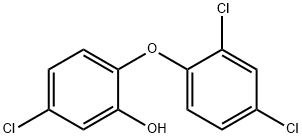
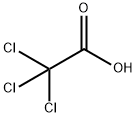




You may like
-
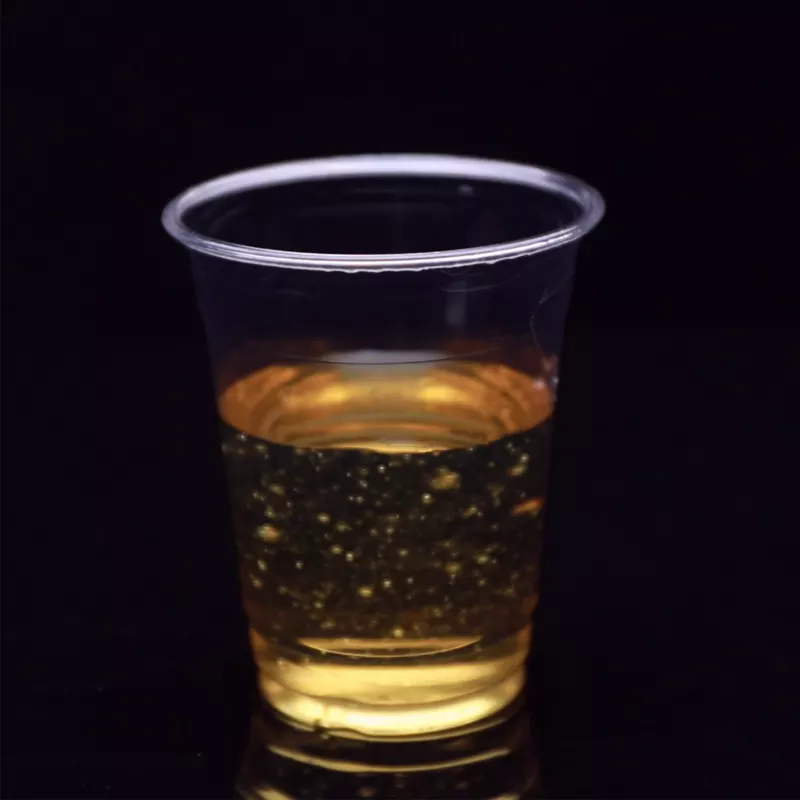 Phosphorus trichloride 98%View Details
Phosphorus trichloride 98%View Details -
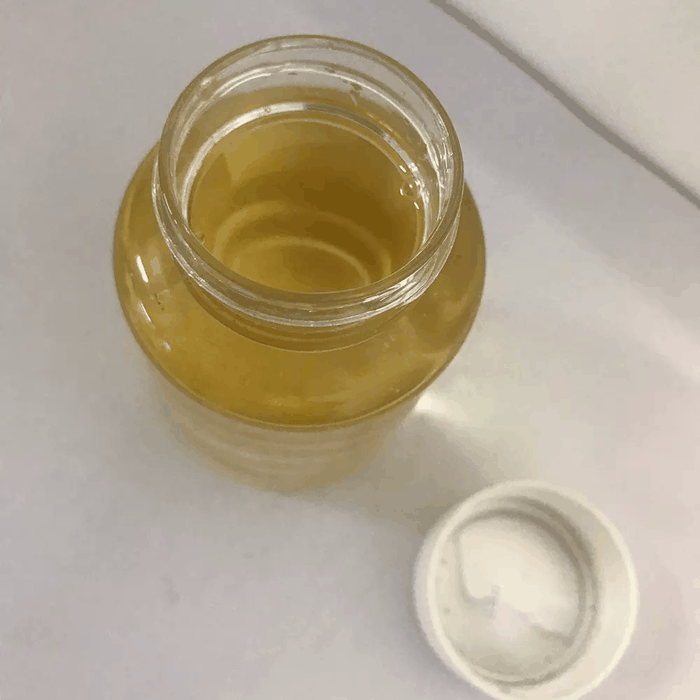 Phosphorus trichloride 98%View Details
Phosphorus trichloride 98%View Details
7719-12-2 -
 Phosphorous trichloride, 99% CAS 7719-12-2View Details
Phosphorous trichloride, 99% CAS 7719-12-2View Details
7719-12-2 -
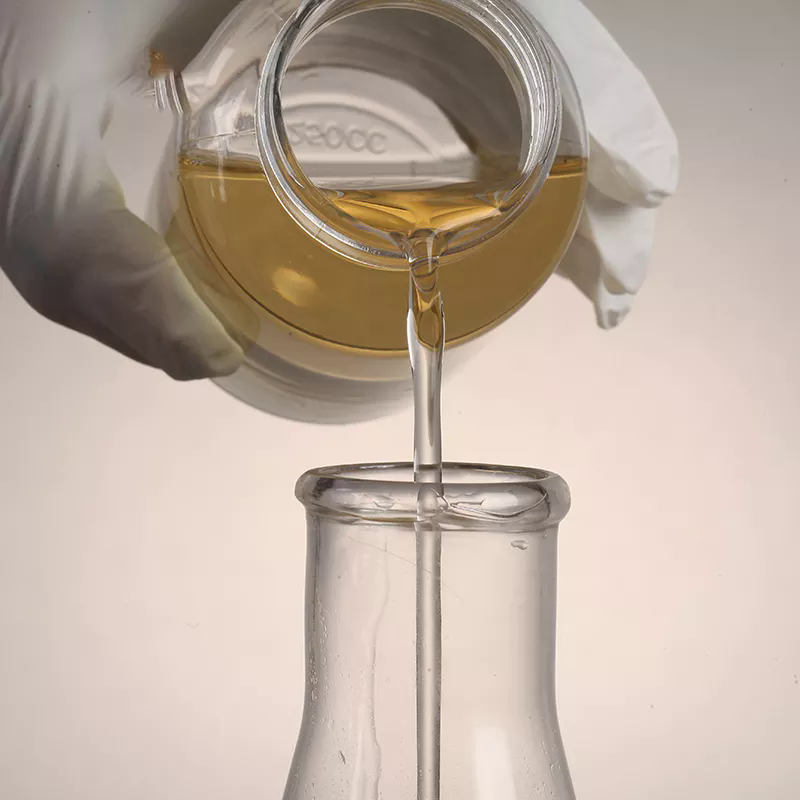 Phosphorus trichloride 7719-12-2 99%View Details
Phosphorus trichloride 7719-12-2 99%View Details
7719-12-2 -
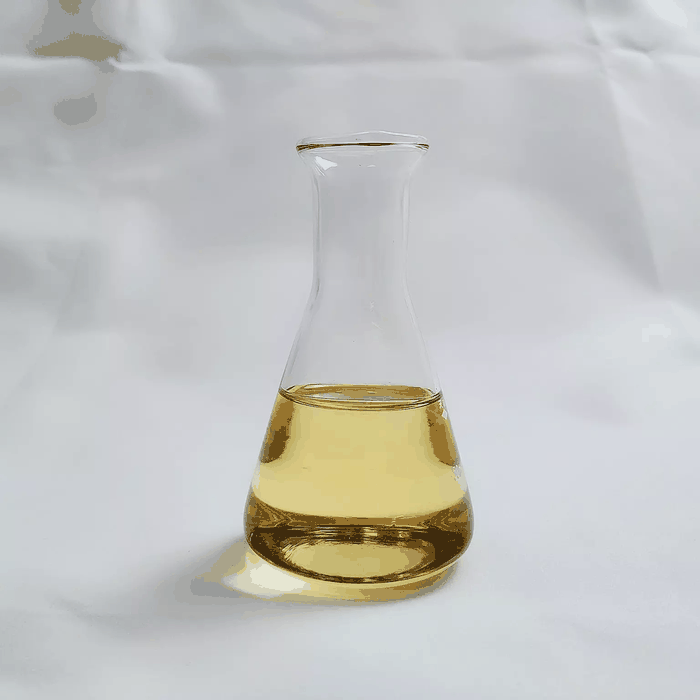 7719-12-2 Phosphorus trichloride 98%View Details
7719-12-2 Phosphorus trichloride 98%View Details
7719-12-2 -
 PHOSPHORUS TRICHLORIDE 99%View Details
PHOSPHORUS TRICHLORIDE 99%View Details -
 Phosphorus(III) chloride CASView Details
Phosphorus(III) chloride CASView Details -
 PHOSPHORUS TRICHLORIDE For Synthesis CASView Details
PHOSPHORUS TRICHLORIDE For Synthesis CASView Details
